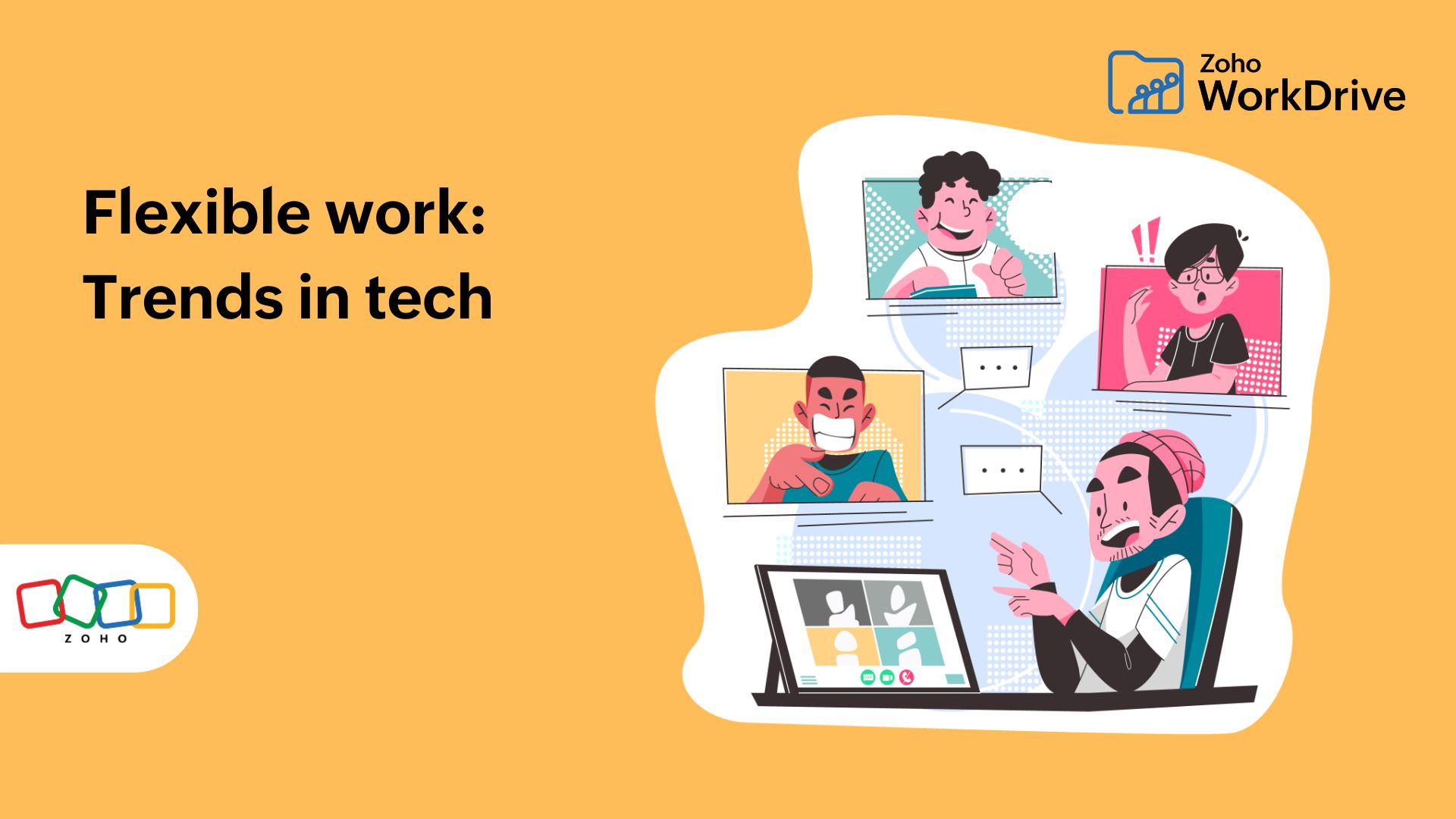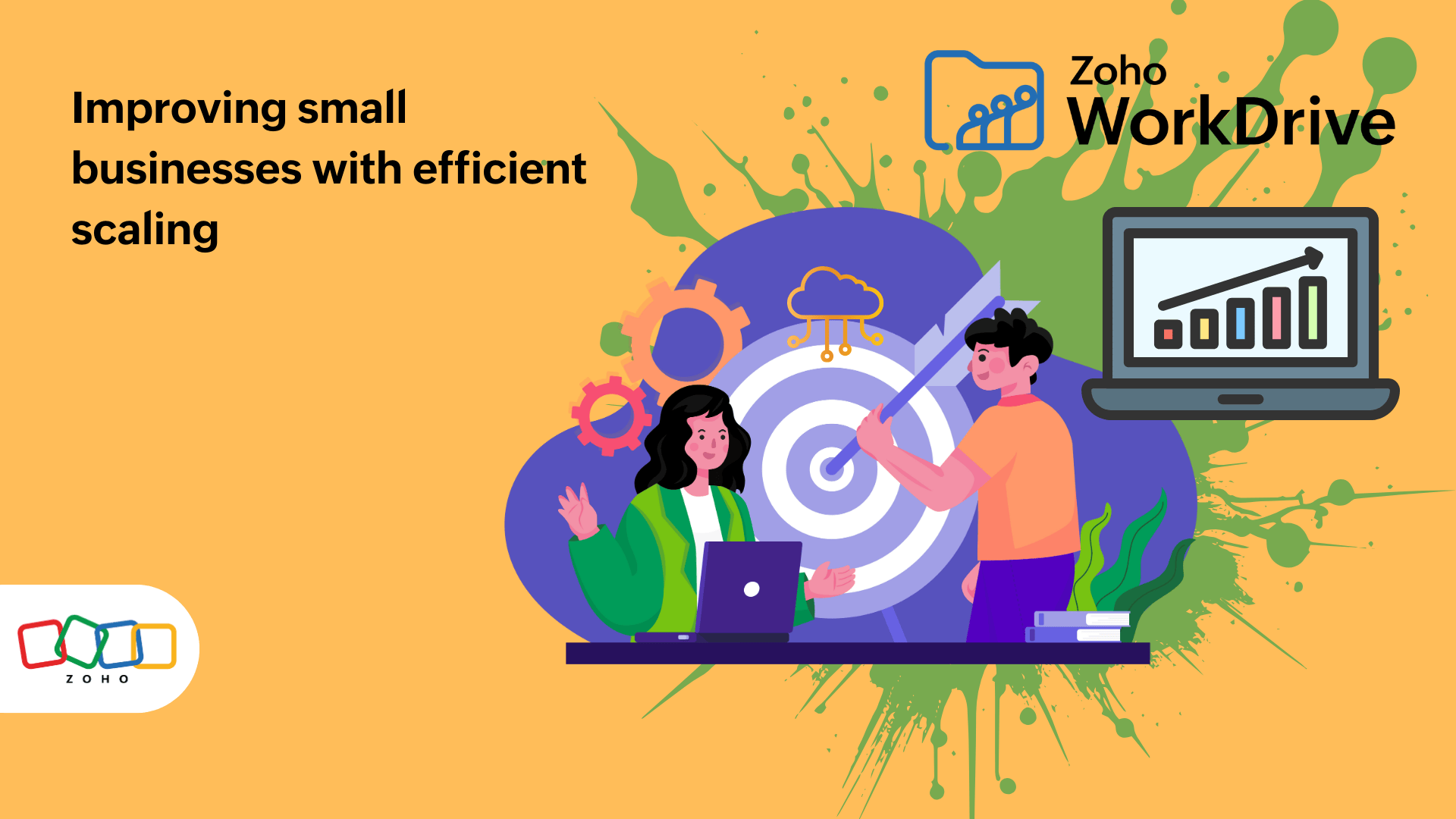- HOME
- Work Culture
- Flexible work part 2: Tech trends that are driving change
Flexible work part 2: Tech trends that are driving change
- Last Updated : March 21, 2024
- 345 Views
- 3 Min Read

In our last article on the subject, we discussed the fundamentals of flexible work. In this one, we’ll discuss the trends in technology and some of the specific systems that have enabled this shift in working habits.
The evolution of technology rarely stands still; there’s always something new being added or improved over time. We'll see the same pattern apply to shape the future of remote and flexible work. It's also important to realize there won't be a singular style of work. There are multiple ways of getting work done in terms of place, timing, and resources. We’ll talk more about this in a later article.
To accommodate all of these different variables under a single umbrella, you need tech that addresses and adapts to a wide range of needs. Let's look at a few examples of how relevant technologies are being used to facilitate flexible work.
Continuing the flow of work
By far one of the most critical parts of any organization is business continuity, defined as the readiness of a business to continue functioning in spite of emergencies or other disruptions. This includes ensuring people can access their files and applications wherever they are located.
Continuity also involves the ability of multiple apps to work in sync to prevent information gaps and keep business data secure and accessible during a contingency. Meanwhile, communication apps help keep teams coordinated.
It's difficult to condense the ethos of the flexible work paradigm, but there's one simple idea at the heart of things: You need the ability to take your work with you anytime.
What’s changing at the employee level?

Of course, the question stands. How can this technological flexibility enhance your style of work?
Firstly, you’re able to work using the same apps and information as usual. Your data can be synced in real-time, so you aren’t worried about losing precious information and can freely switch devices and locations while maintaining the flow of work. Apps in the productivity and communication categories are among the main tools for boosting your ability to work remotely.
Content collaboration platforms like Zoho WorkDrive have become cornerstones of productivity in the flexible work environment. WorkDrive offers many functions that support flexible working, such as a built-in editing suite for text, spreadsheets and slideshows, secure external sharing of files and folders, and the ability to integrate with other apps.
Next, with the help of communication tools, you’re always connected with your peers whether it’s live or asynchronously. Additionally, apps that track your shifts, tasks, and other work-related statistics save you the hassle of having to do these tasks manually. Tracking your time and productivity also help promote a semblance of balance in a workday or work week that could otherwise become unruly and unmanageable.
The other side of hyper-connectivity
We have mentioned shifts and tasks at the end of the last section. Continuing from there, we come to addressing the challenges of working in the era of hyper-connected systems.
New tech trends have made the ability to work remotely accessible to many workers. As a result, blurred working hours are more common, with work tasks spreading into non-office times becoming a common occurrence in many organizations. Employees need to remain aware of how much time they're spending and how they can be at risk of burnout.
While new technology enables us to work longer hours, we should be aware of our own limits and maintain a reasonable work-life balance to avoid falling into a spiral of blurred working hours.
New tech means the ability to work at places once thought inaccessible, opening up opportunities to set work habits based on what suits companies and their employees best. However, we need to be mindful that enhancements in flexibility and productivity shouldn’t come with too much cost to non-working time. We all need to be able to maintain a solid work-life balance.


